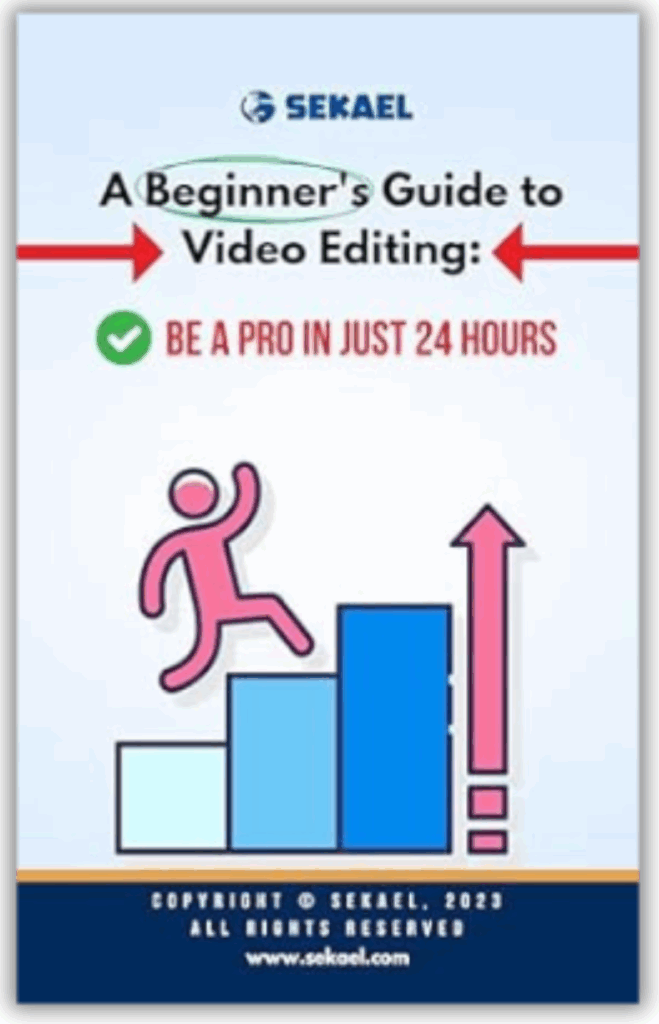
Instagram Insights and Analytics: Understanding Your Audience and Measuring Campaign Success
Digital Marketing Blogs “Let’s Learn, Explore, and Connect to the World” Instagram Insights and Analytics: Understanding Your Audience and Measuring Introduction However, navigating this


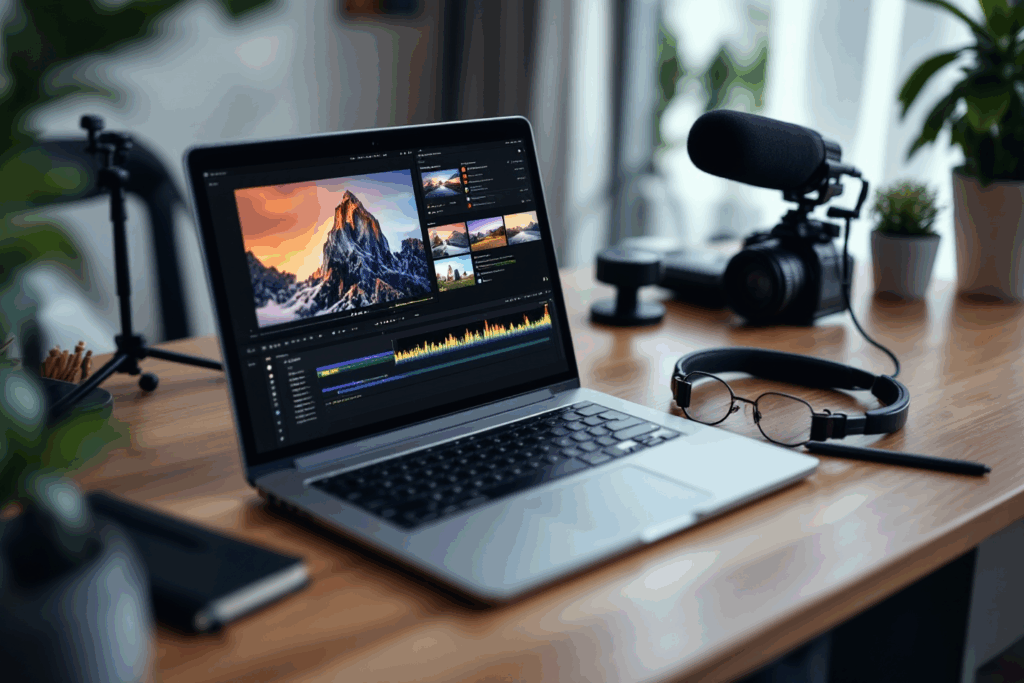
 Video editing, once a skill reserved for professionals with high-end equipment, has become increasingly accessible to anyone with a passion for storytelling and a computer. In this digital age, the ability to edit videos has transformed from a niche technical skill to a versatile tool in everyone’s creative arsenal. Whether you’re aspiring to be a filmmaker, looking to enhance your social media presence, or simply wanting to preserve memories in a more engaging format, learning video editing opens up a world of possibilities.
Video editing, once a skill reserved for professionals with high-end equipment, has become increasingly accessible to anyone with a passion for storytelling and a computer. In this digital age, the ability to edit videos has transformed from a niche technical skill to a versatile tool in everyone’s creative arsenal. Whether you’re aspiring to be a filmmaker, looking to enhance your social media presence, or simply wanting to preserve memories in a more engaging format, learning video editing opens up a world of possibilities. As we dive into this beginner’s guide, remember that everyone starts somewhere. With the advent of free, user-friendly video editing tools, you no longer need expensive software to begin your journey into the art of video editing. This guide aims to demystify the process, introduce you to basic techniques, and help you take your first steps in creating compelling video content.
As we dive into this beginner’s guide, remember that everyone starts somewhere. With the advent of free, user-friendly video editing tools, you no longer need expensive software to begin your journey into the art of video editing. This guide aims to demystify the process, introduce you to basic techniques, and help you take your first steps in creating compelling video content.




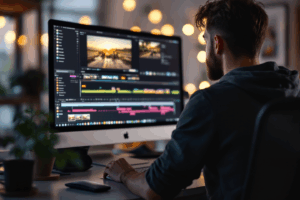 Before you dive into the practical side of video editing, it’s essential to grasp some fundamental concepts. These basics form the foundation upon which all your editing skills will be built:
Before you dive into the practical side of video editing, it’s essential to grasp some fundamental concepts. These basics form the foundation upon which all your editing skills will be built: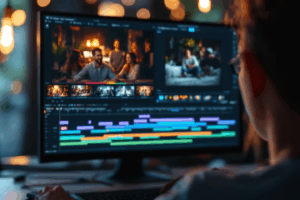 Remember, the goal of editing is not just about putting clips together but telling a story that engages your audience. As you start experimenting with these basic elements, your unique style and storytelling techniques will begin to emerge.
Remember, the goal of editing is not just about putting clips together but telling a story that engages your audience. As you start experimenting with these basic elements, your unique style and storytelling techniques will begin to emerge.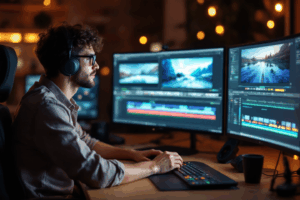

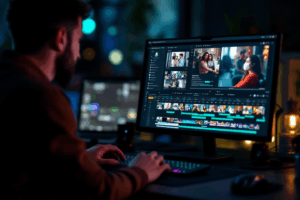




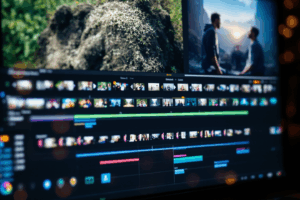


 As we reach the end of this beginner’s guide to video editing, remember that your journey is just beginning. Video editing is not only about mastering software or techniques; it’s about discovering your voice and telling stories in your unique way. The satisfaction of creating something that resonates with others is unparalleled, and every video you edit brings you one step closer to this achievement.
As we reach the end of this beginner’s guide to video editing, remember that your journey is just beginning. Video editing is not only about mastering software or techniques; it’s about discovering your voice and telling stories in your unique way. The satisfaction of creating something that resonates with others is unparalleled, and every video you edit brings you one step closer to this achievement. We encourage you to take the first step today. Download a video editing software, gather some clips, and start playing around. There’s no better way to learn than by doing, and who knows where this journey might take you?
We encourage you to take the first step today. Download a video editing software, gather some clips, and start playing around. There’s no better way to learn than by doing, and who knows where this journey might take you?
